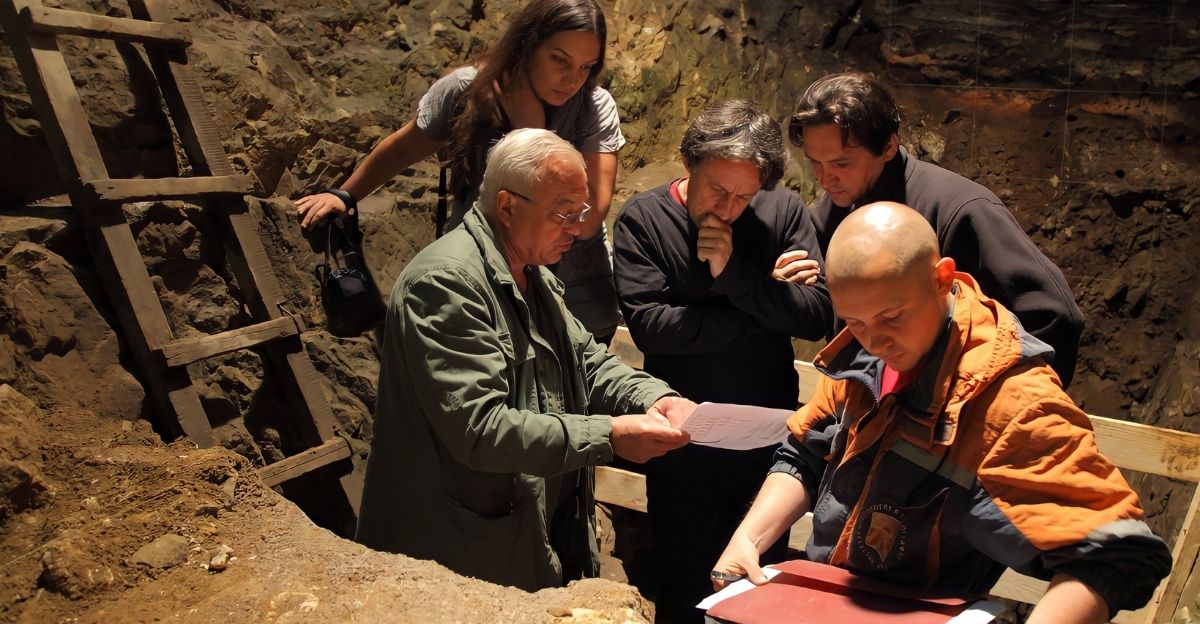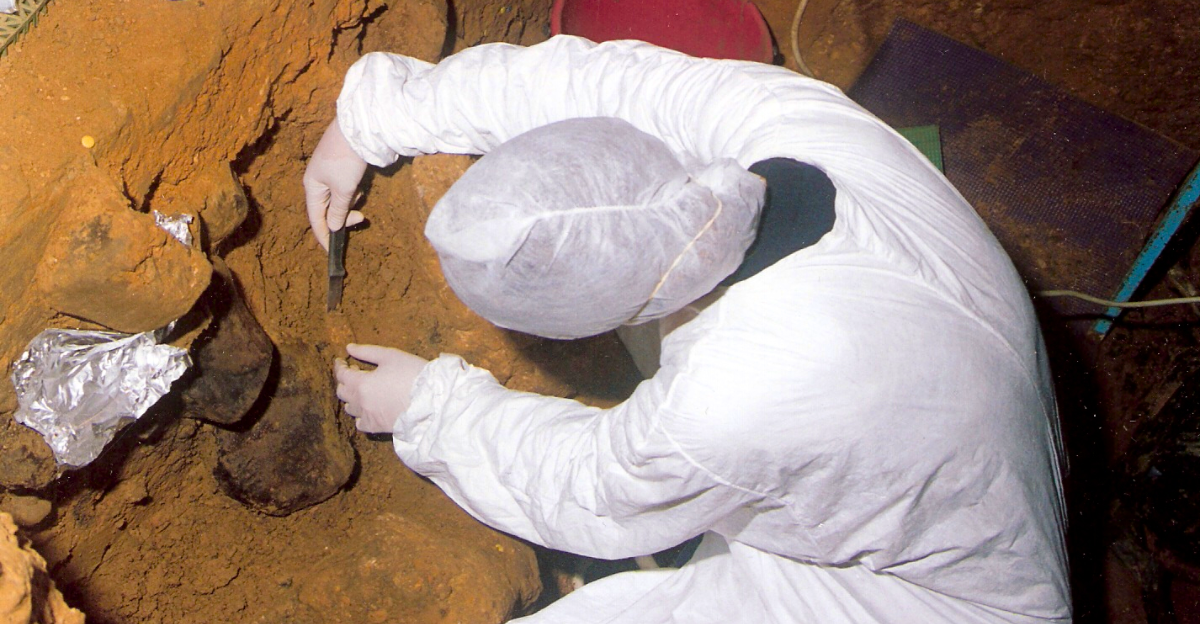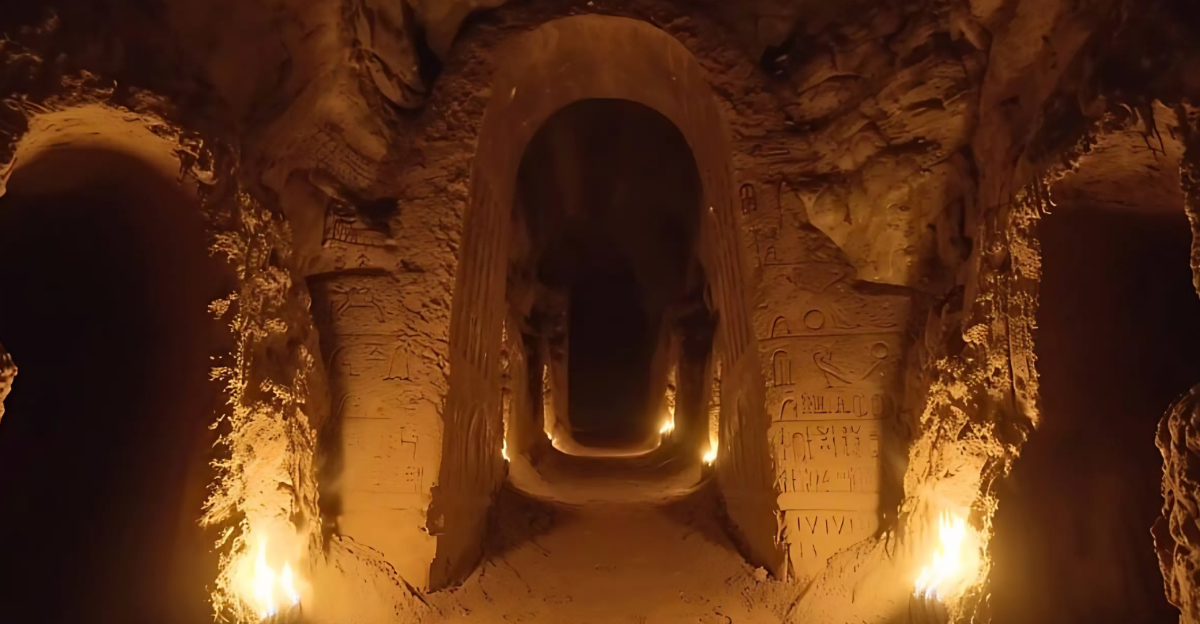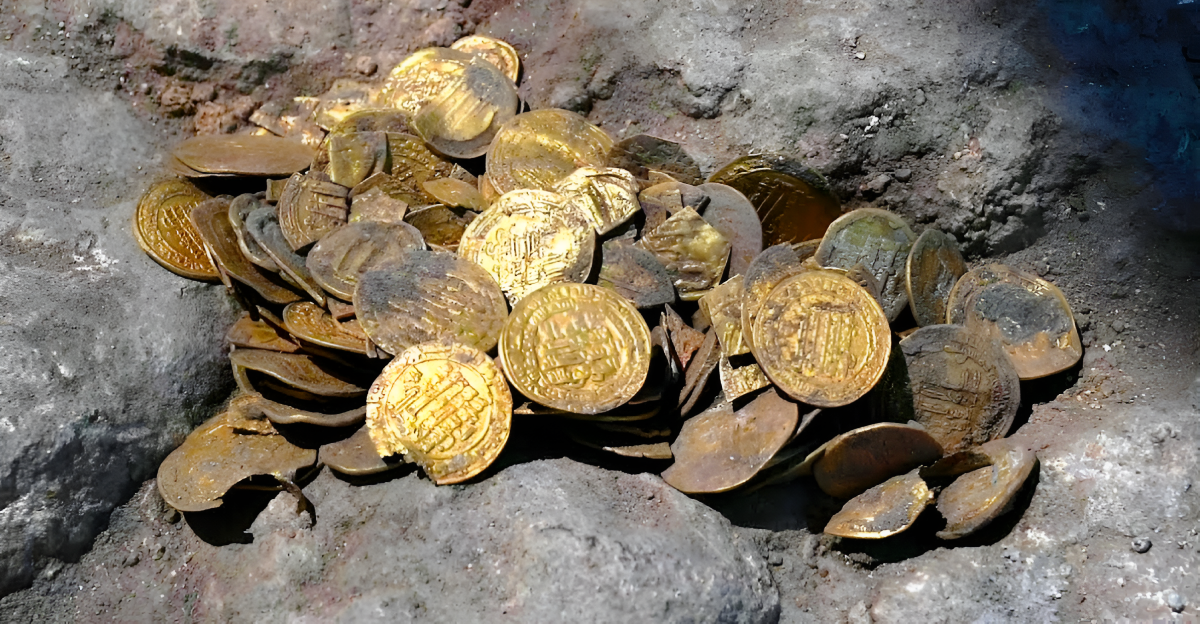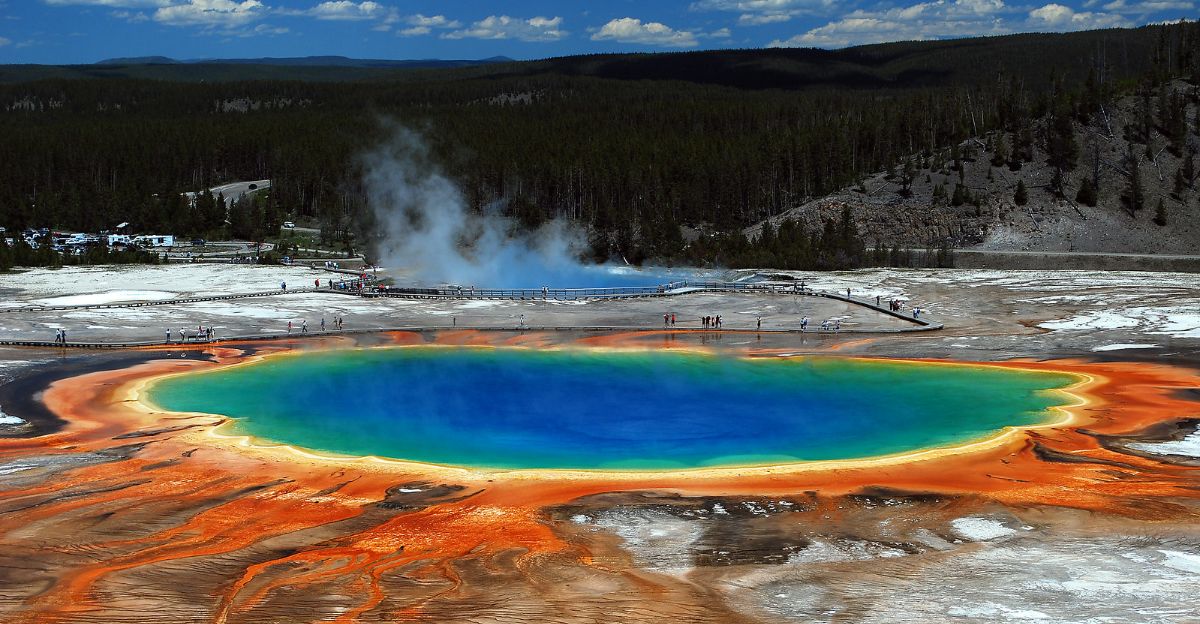
There’s nothing quite as relaxing as settling down next to your favorite fishing spot, enjoying the view, and catching a few fish along the way. However, this won’t be possible for some fishermen as Yellowstone National Park has abruptly implemented partial closures of several iconic rivers and streams.
As of June 19, the Madison, Firehole, and Gibbon Rivers are now off-limits to fishing from 2 p.m. until sunrise the next day. Due to environmental changes, the habitats in these rivers are at high risk, and conservation experts are rushing to save what they can.
The Immediate Cause of the Closures
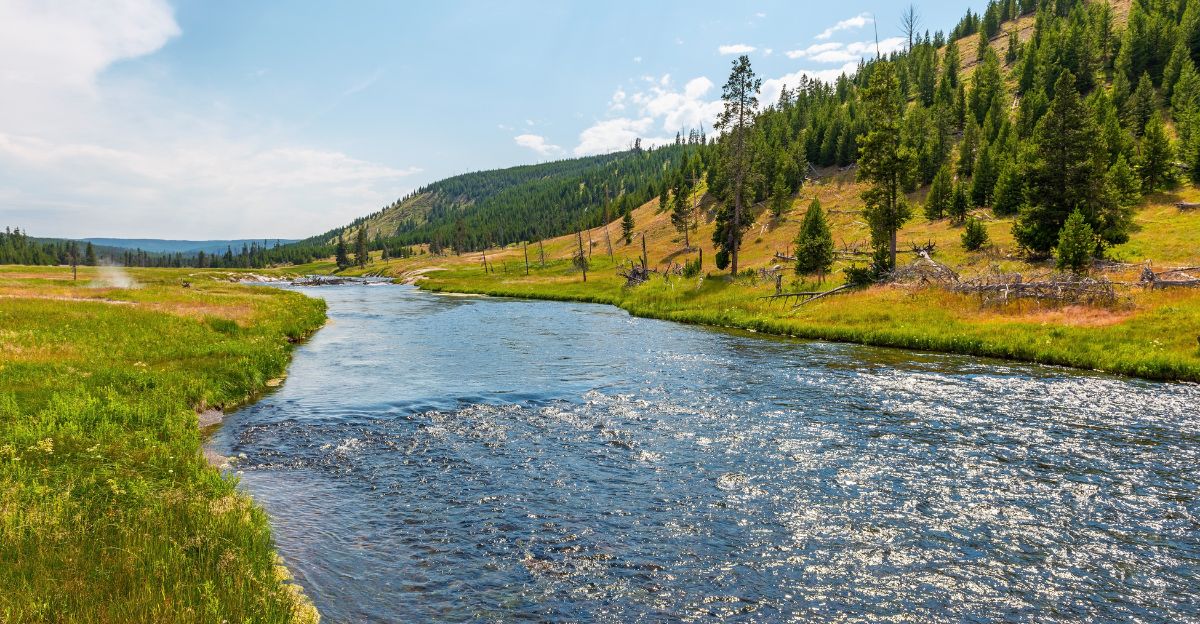
This sudden closure of these rivers is due to a spike in water temperatures in the area. This temperature threshold is particularly dangerous for native trout, as warmer water holds less oxygen and increases fish stress, making them more susceptible to disease and death. June weather in Yellowstone has seen daytime highs climb into the upper 70s, with some days reaching as high as 78°F, only worsening the problem of already low river flows despite melting ice in the region.
“Water temperatures in select rivers and streams have exceeded 68 degrees Fahrenheit in recent days, and flows are low. These conditions are lethal to trout,” said Yellowstone National Park.
The Science Behind the Closures
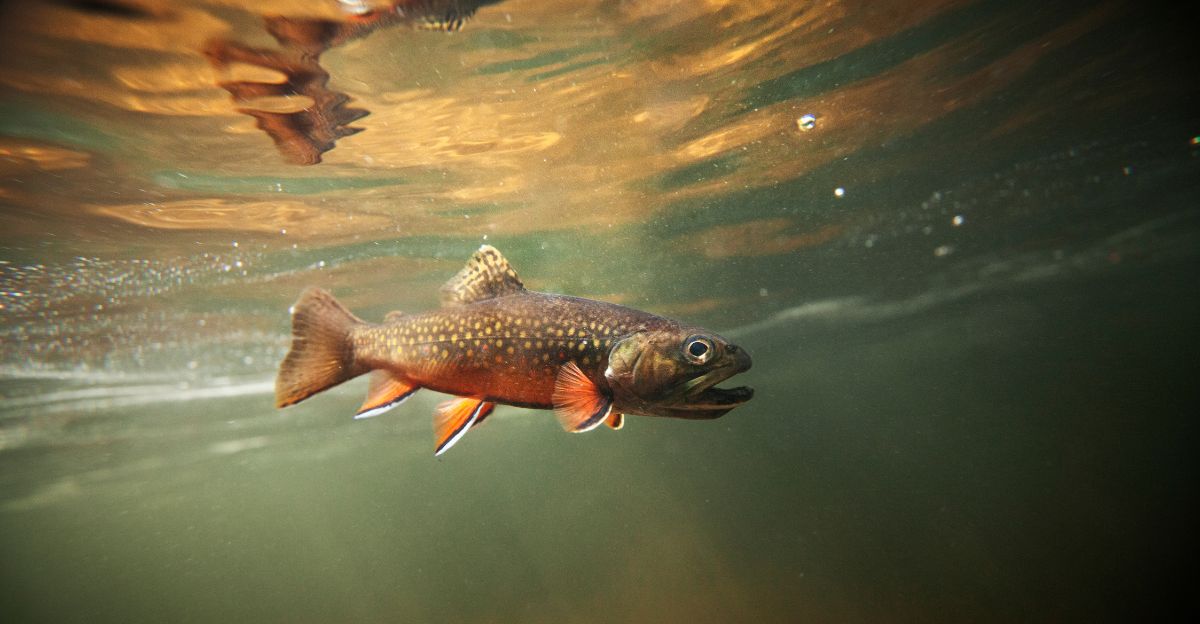
The native trout species in these rivers are sensitive to environmental changes within the river, raising concern among conservationists. Research shows that these fish thrive in water temperatures between 40°F and 60°F, with optimal growth observed around 60–64°F.
When water temperatures are more than 68°F, trout experience increased physiological stress, reduced feeding, and heightened vulnerability to disease. Lethal temperature thresholds for these trout are generally around 75–77°F, which is why these drastic steps were taken.
Which Rivers Are Affected?
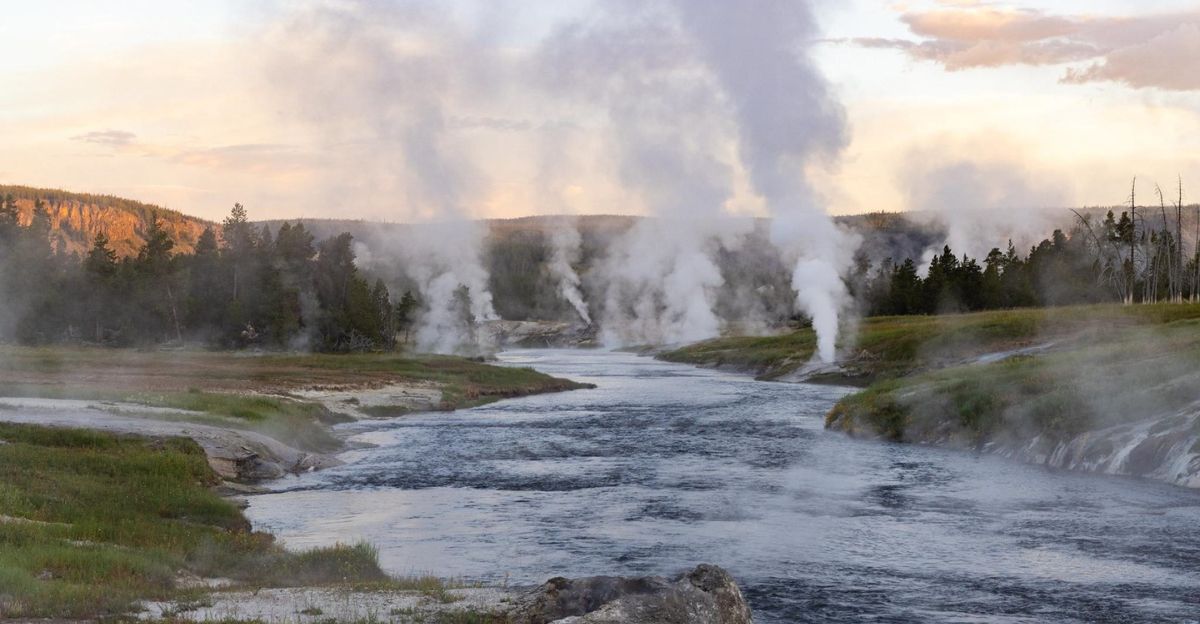
The closures currently affect three of Yellowstone’s most renowned rivers and tributaries: the Madison River, the Firehole River, and the Gibbon River downstream of Norris Campground. All fishing on these waters is now prohibited daily from 2 p.m. until sunrise the following day, a schedule designed to protect fish during the hottest part of the afternoon and early evening when water temperatures are most dangerous.
Why These Particular Rivers?
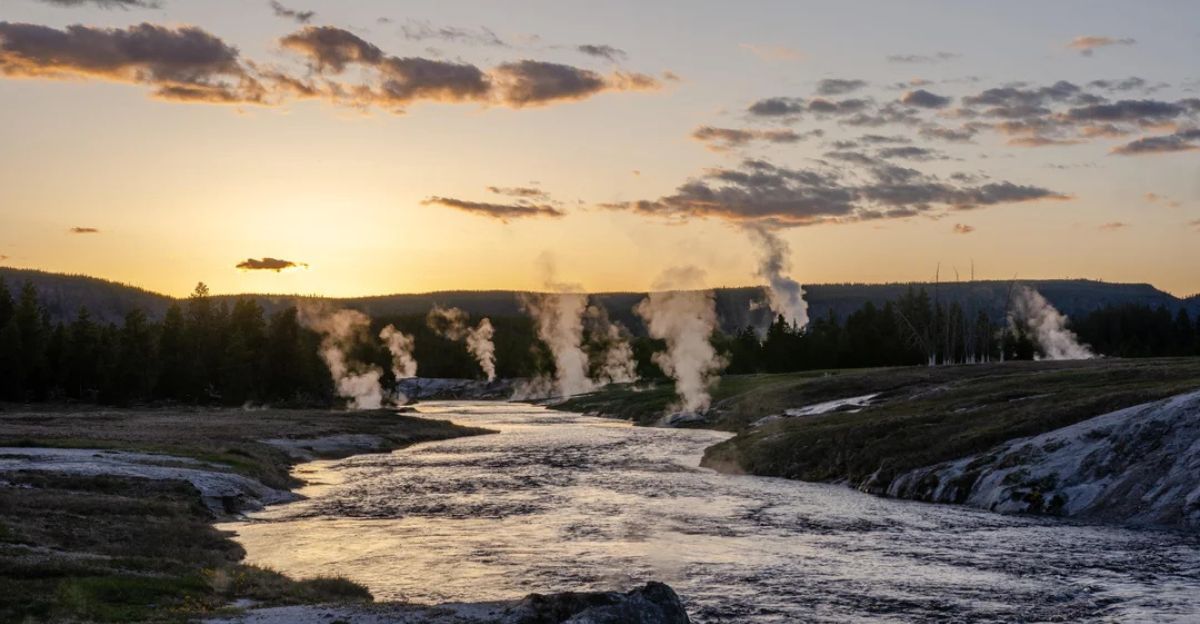
These particular rivers were singled out for closures because they are uniquely vulnerable to rapid warming and low flows, mainly due to their proximity to Yellowstone’s geothermal features. Unlike many other park waterways, these rivers are heavily influenced by hot springs and geysers, which naturally elevate their baseline temperatures and cause them to heat up more quickly during warm spells.
These rivers also take much longer to cool down at night, leaving fish little time to recover from the stress of the warm water. The last time these measures were needed was in 2021, but the procedure was a huge success in protecting local wildlife, hence using those procedures again.
Exceptions and Open Waters
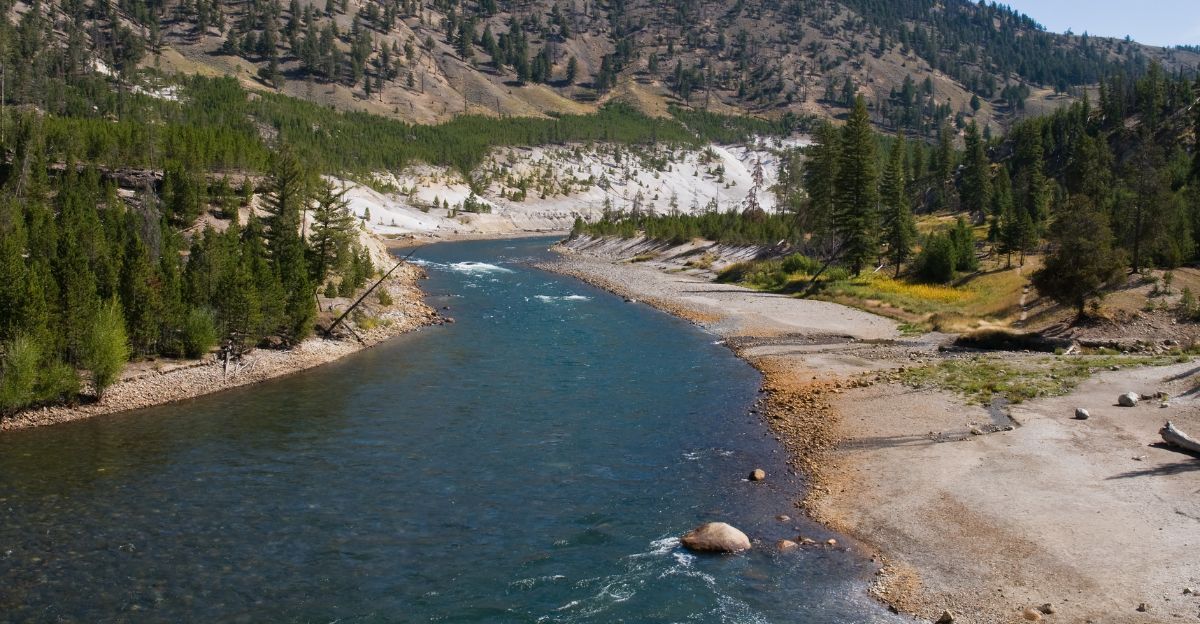
While these rivers might be closed to fishing for most of the day, Yellowstone still has many rivers and lakes to choose from. Yellowstone Lake and all other lakes remain open to fishing from sunrise to sunset, as outlined in the 2025 Fishing Regulations. Any rivers and streams not specifically listed in the closure order are still accessible for fishing during the same hours.
Even though these rivers and lakes don’t have any limits on them, make sure to fish responsibly still and stick to the rules and regulations of the park to ensure that the wildlife stays protected.
The Role of Climate Change
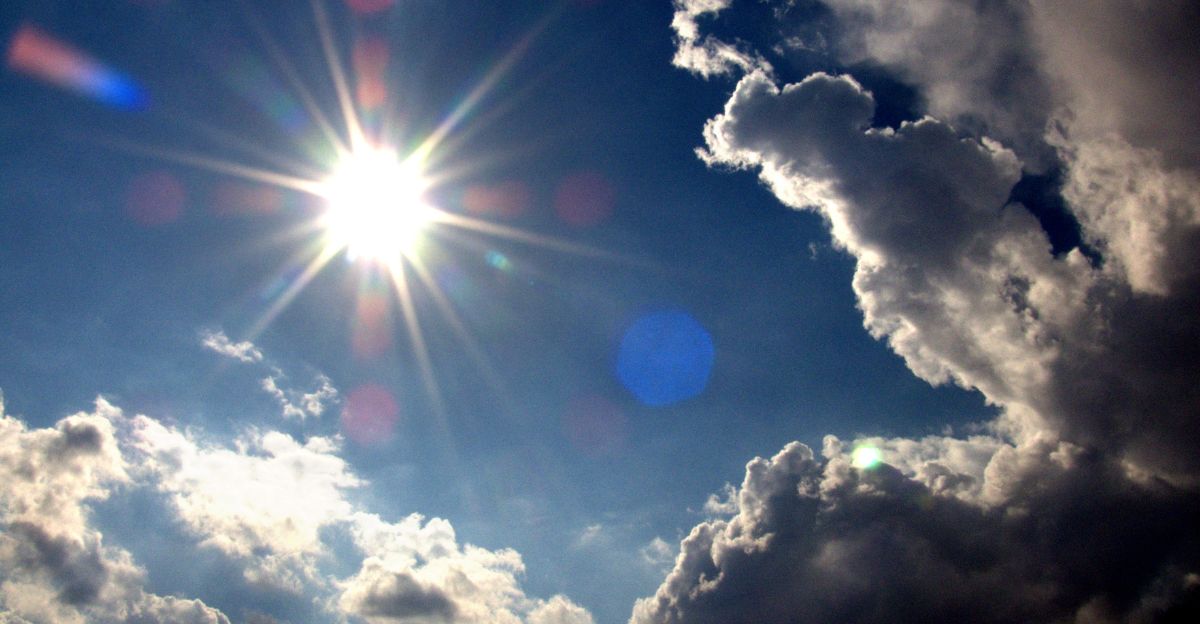
It’s normal for these rivers to fluctuate in temperature and flow level. Still, the increasing frequency and severity of high temperatures and low flows are widely attributed to climate change. Since 1950, the Greater Yellowstone Ecosystem has experienced an average temperature increase of over 2°F, with projections suggesting temperatures could rise another 5 to 10°F by the end of this century if current trends continue.
Monitoring and Flexibility

Park staff continuously track water temperatures and river flows, reassessing conditions daily to determine whether closures remain necessary or can be lifted if temperatures cool sufficiently. This real-time monitoring ensures that restrictions are only in place as long as they are needed to protect fish populations.
As soon as cooler weather allows the water to drop below critical thresholds, these closures will be eased or lifted completely. This constant watch helps keep the park safe despite constantly changing factors.
Growing Concern of Tourists Not Abiding by the Rules
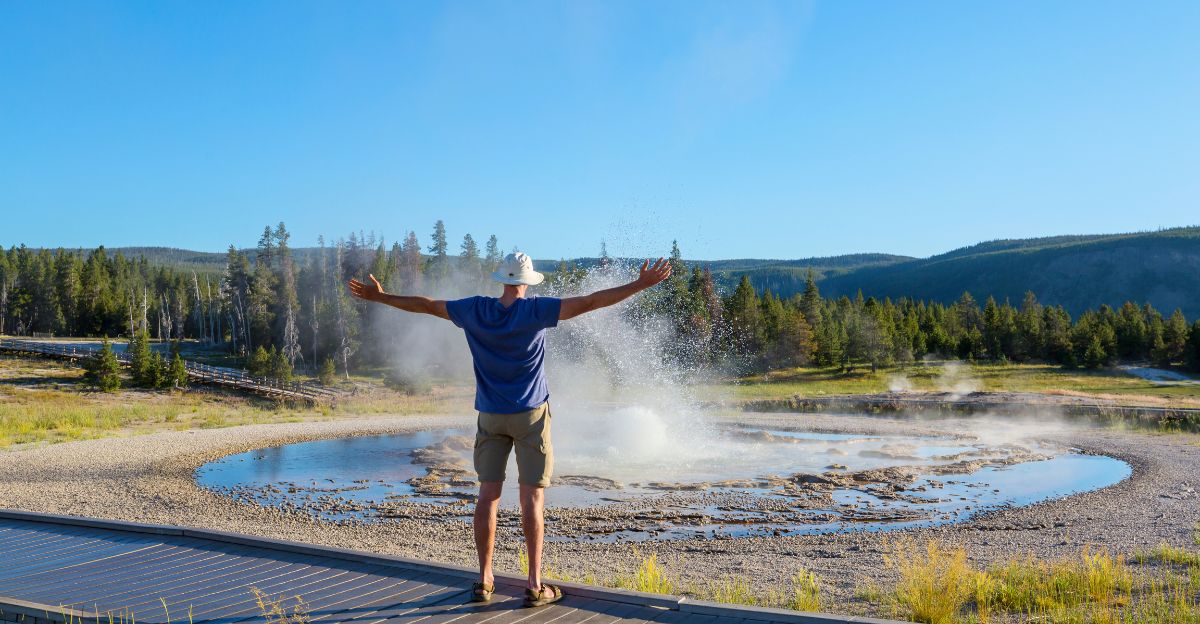
A common concern among locals is tourists who ignore rules and procedures within the park and act irresponsibly towards the animals and environment. Each year, numerous visitors ignore posted signs, wander off designated paths, approach wildlife too closely, or even enter restricted thermal areas for photographs or social media attention. This reckless behavior endangers the individuals involved and threatens the safety of others and the park’s fragile ecosystem.
Park authorities have responded with increased enforcement, including fines, jail time, and lifetime bans for repeat offenders.
Challenges for Native Cutthroat Trout
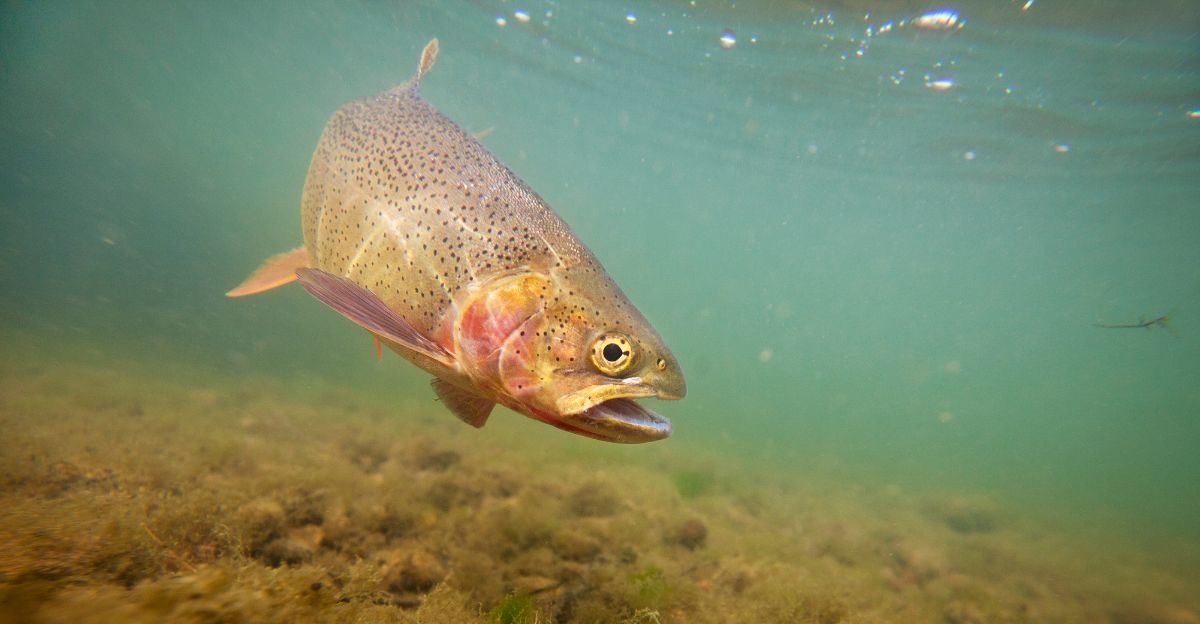
These trout have shown remarkable resilience in the face of multiple environmental threats. Since the mid-20th century, climate change has reduced their suitable habitat by 58%, and models project further losses. Besides facing high water temperatures, they also have to deal with invasive lake trout that have decimated populations through predation.
Researchers have their hands full trying to work on some of these challenges to help preserve this species through all these threats.
Public Response and Angler Guidelines
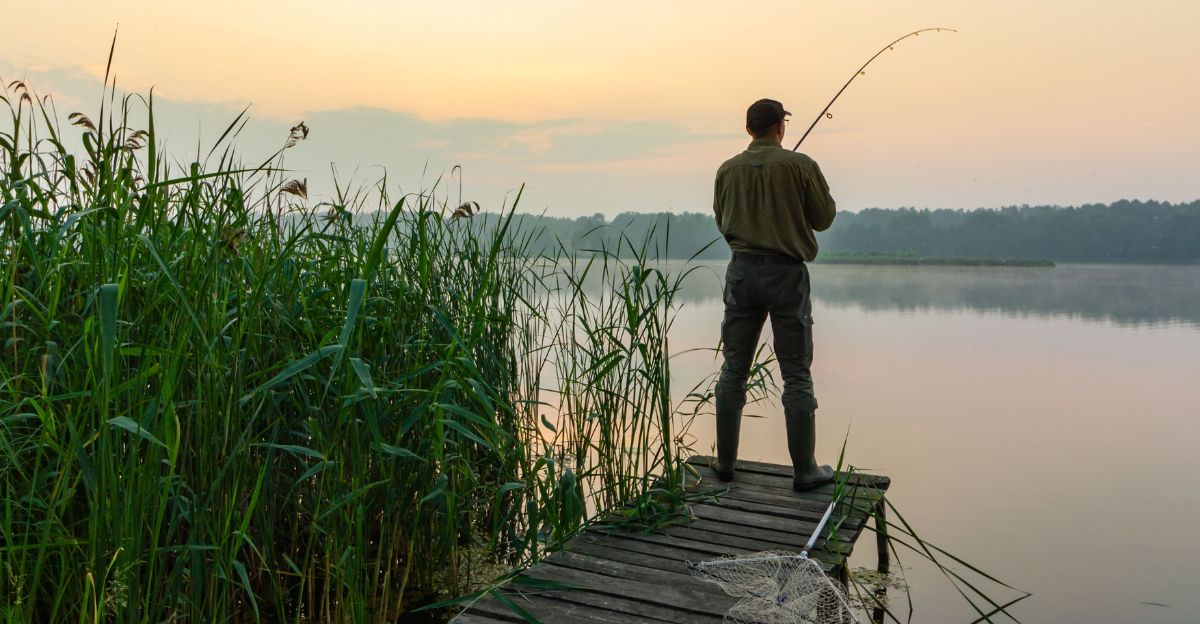
The public response to Yellowstone’s river closures has been largely supportive, with anglers and conservationists recognizing the necessity of these measures to protect vulnerable fish populations. Many fishermen have expressed understanding and approval of the restrictions, acknowledging that high temperatures and low flows significantly stress trout and other native species.
“Please fish during the coolest times of day and land fish quickly. Do not play hooked trout to exhaustion. Gently handle fish in the water as much as possible and let them recover before release,” requested the National Park Service on their website.
The Broader Ecological Impact
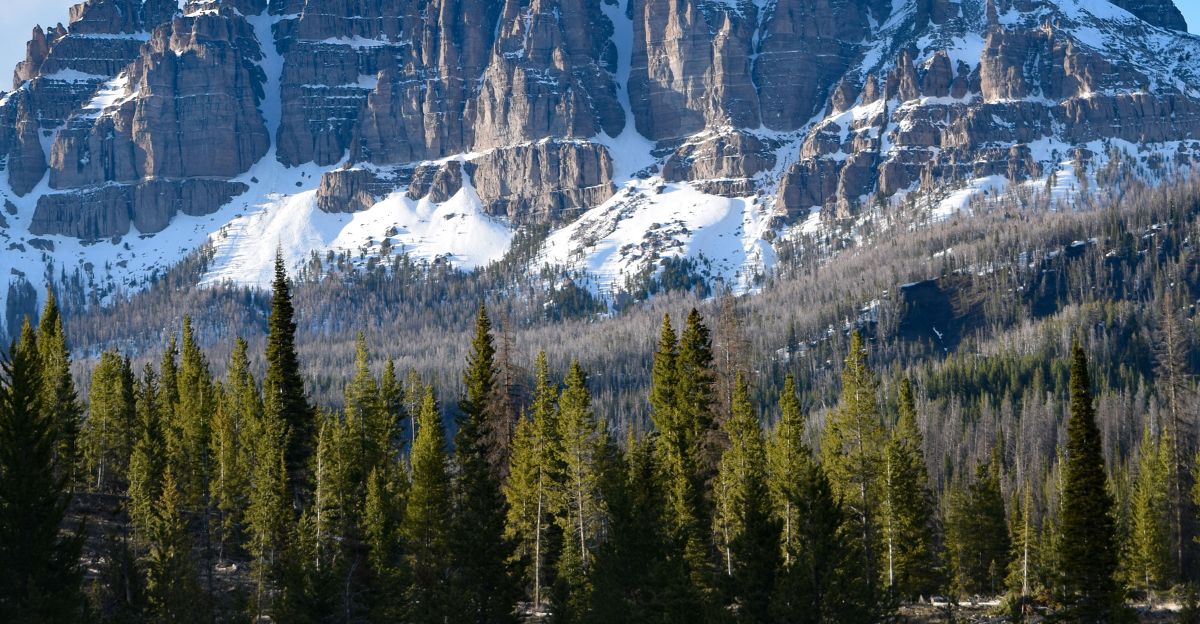
These changes in the river affect much more than just the fish in the water; they play a bigger role in the delicate balance of the surrounding environment. As stream temperatures rise and flows decrease, the changes ripple through the food web, affecting everything from aquatic insects to the birds and mammals that rely on healthy waterways for sustenance and habitat.
These changes threaten biodiversity, recreational opportunities, and local economies that depend on the park’s natural resources.
The Outlook for the Rest of the Season
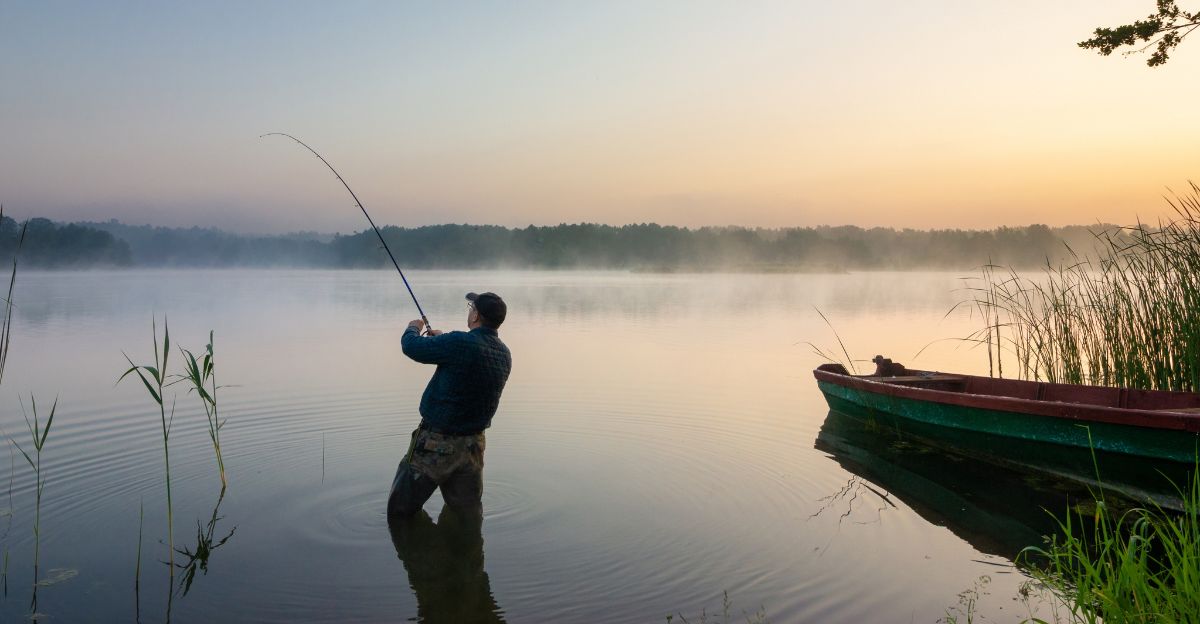
While the rest of the season might still be uncertain, don’t let the closures of these rivers stop you from having the perfect fishing season. Although forecasts suggest widespread 2:00 p.m. closures could persist through late July and August, potentially expanding to other streams if hot, dry weather continues, plenty of other rivers and lakes are at your disposal.
Anglers should be prepared for fluctuating access and are encouraged to consult the latest park updates and fishing regulations throughout the season.
Are These Temperatures Linked to a Possible Eruption?
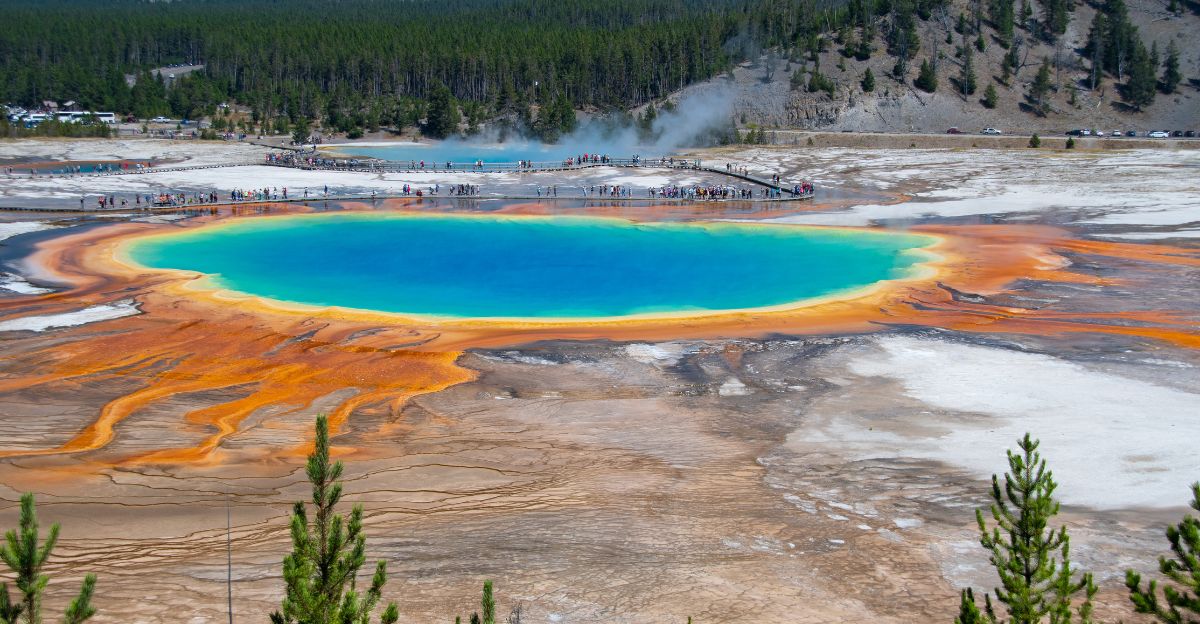
Speculation has been widespread that these rises in river temperatures are directly linked to an oncoming eruption. While this does sound like a plausible cause, experts emphasize that fluctuations in surface thermal features are a normal part of Yellowstone’s dynamic landscape and are not, on their own, indicators of volcanic unrest or an impending eruption.
The Yellowstone Volcano Observatory and park geologists closely monitor for warning signs of volcanic activity, such as strong earthquake swarms, significant ground deformation, and unusual patterns in hydrothermal features, none of which are currently present.
A Change Worth Happening

As climate change continues to reshape the landscape, protecting native fish and preserving ecological balance will require more than temporary closures and reactive measures. With the world changing drastically on a daily basis, communities need to step in to protect these environments we cherish so much. Now more than ever, the park’s fate depends on a united commitment to conservation, innovation, and the enduring value of wild places.
Uncover more fascinating moments from history — and hit Follow to keep the stories flowing to your feed!

Don’t miss more incredible stories from the past! Tap Follow at the top of this article to stay updated with the latest historical discoveries. Share your thoughts in the comments — we’d love to hear your perspective!

